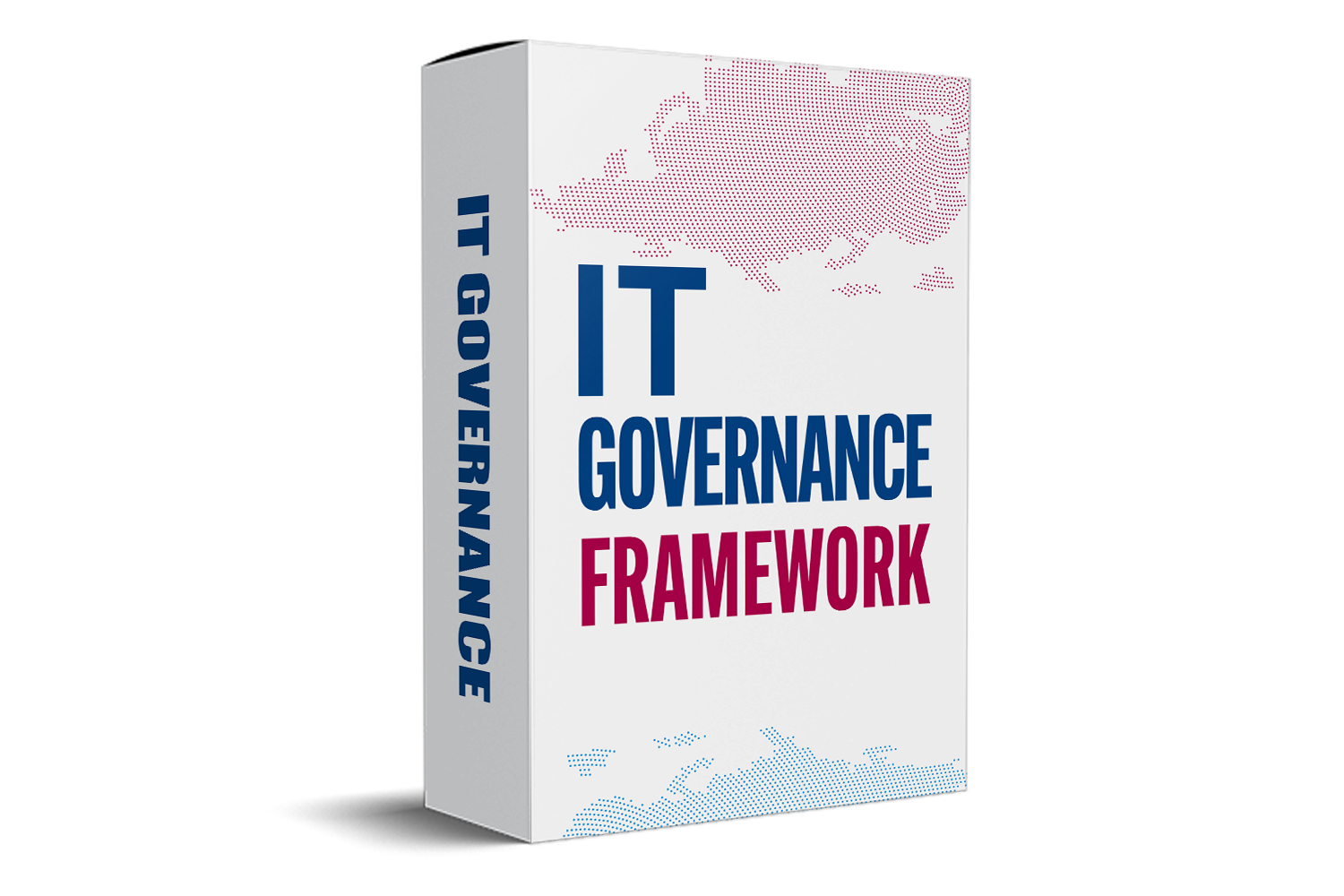Internal Audit Program Template: The Ultimate Guide to Enhancing Your Compliance and Risk Management
Thinking about how your organization manages risks and sticking to rules? Internal audits play a big role. They help catch issues before they become big problems. But without a clear plan, audits can get messy and inconsistent. That’s where a solid internal audit program template comes in. It makes the whole process easier, more organized, and more reliable. In today’s world, with rising regulations and stricter rules, having a strong audit plan is more important than ever.
Understanding Internal Audit Programs
What is an Internal Audit Program?
An internal audit program is a set of steps, checklists, and strategies you follow to review how well your company is working. It covers areas like financial accuracy, compliance with laws, and operational efficiency. Think of it like a detailed map for auditors—it guides them through what to check and how to do it. Its goal? Find weak spots, improve controls, and confirm that everyone is following the rules.
Benefits of a Structured Internal Audit Program
A well-designed audit program offers many gains:
- It helps spot risks early before they cause damage.
- It increases transparency and trust within the organization.
- It boosts efficiency by standardizing how audits are done.
For example, a retail giant improved its inventory management after implementing a clear audit process. They uncovered shrinkage issues earlier, saving money. Companies like banks and healthcare providers also see big benefits from following standard audit practices, making their operations safer and more reliable.
Regulatory and Industry Standards for Internal Auditing
Audits don't happen in a vacuum. They must follow rules like those set by the Institute of Internal Auditors (IIA) or ISO standards. These rules help ensure audits are thorough, fair, and consistent. For instance, the IIA’s standards recommend a risk-based approach and require auditors to stay independent. Following these standards makes your audit program trustworthy and compliant with laws.
Components of an Effective Internal Audit Program Template
Audit Scope and Objectives
Every audit needs a clear purpose. Are you checking financial reports? Operational controls? Or IT security? Define what your audit aims to achieve. Align it with your organization’s goals, like reducing fraud or improving process efficiency. This clarity keeps everyone focused and helps measure success.
Risk Assessment and Audit Planning
Before jumping in, understand where the biggest risks lie. Do a quick risk assessment—what areas are most vulnerable? Use that info to prioritize audits. Then, build a plan covering what departments, processes, or systems you’ll review. This step saves time and targets the most pressing issues first.
Audit Procedures and Methodology
Next, outline how you’ll gather data. Create detailed steps for testing controls, reviewing documents, and interviewing staff. Use sampling techniques wisely—testing enough data to spot trends without wasting time. Plan your methodology so that every step is clear and repeatable.
Documentation and Evidence Gathering
Good records are the backbone of any audit. Use checklists, work papers, and evidence templates to stay organized. Make sure every finding is supported with facts — clear, documented proof. This helps justify your conclusions and supports improvements.
Reporting and Follow-up
After the audit, prepare reports that are easy to understand. Highlight key issues, risks, and recommended actions. Be specific so responsible teams know what to do. Set regular follow-up dates to check if corrective steps have been taken. This cycle ensures ongoing improvement.

Developing a Custom Internal Audit Program Template
Key Features to Include in Your Template
Your template should balance flexibility and consistency. It needs to adapt to different departments or types of audits but still maintain a standard process. Include sections like scope, objectives, risks, findings, and follow-up actions.
Actionable Tips for Customization
- Tailor the template to reflect your specific risks, controls, and industry requirements.
- Use digital tools or software to build your template—this speeds things up and makes updates easier.
- Get feedback from auditors and managers to refine the template over time.
Sample Sections and Checklist Items
Sample sections include:
- Introduction: Purpose and scope
- Audit objectives
- Risk assessment summary
- Audit procedures
- Findings and recommendations
- Follow-up plan
Checklist items might include:
- Are financial reports accurate?
- Are internal controls operating effectively?
- Is data protected against security threats?
- Are policies being followed in daily operations?
Implementing and Maintaining the Internal Audit Program
Training and Building Internal Audit Competency
Invest in training your team. Well-trained auditors catch issues faster and give better insights. Provide resources for ongoing education— webinars, courses, or certifications. The more knowledgeable your team is, the more effective your audits will be.
Monitoring and Continuous Improvement
Don’t treat your audit program as a one-and-done task. Review it regularly. Collect feedback from auditors and departments, and tweak the template when needed. Continuous learning from each audit makes your process stronger over time.
Leveraging Technology for Audit Efficiency
Automation tools and audit management software can cut down manual work. They help track findings, schedules, and follow-ups effortlessly. Data analytics can also spot patterns or anomalies that manual reviews might miss. Using the latest tech makes your audits faster and more precise.
Conclusion
A solid internal audit program template is a game-changer. It simplifies complex tasks, standardizes procedures, and boosts your organization’s compliance and risk management efforts. By developing a customized plan, training your team, and embracing technology, you turn internal audits into powerful tools for improvement. Stay proactive, stay compliant, and always look for ways to do better—your organization depends on it.


